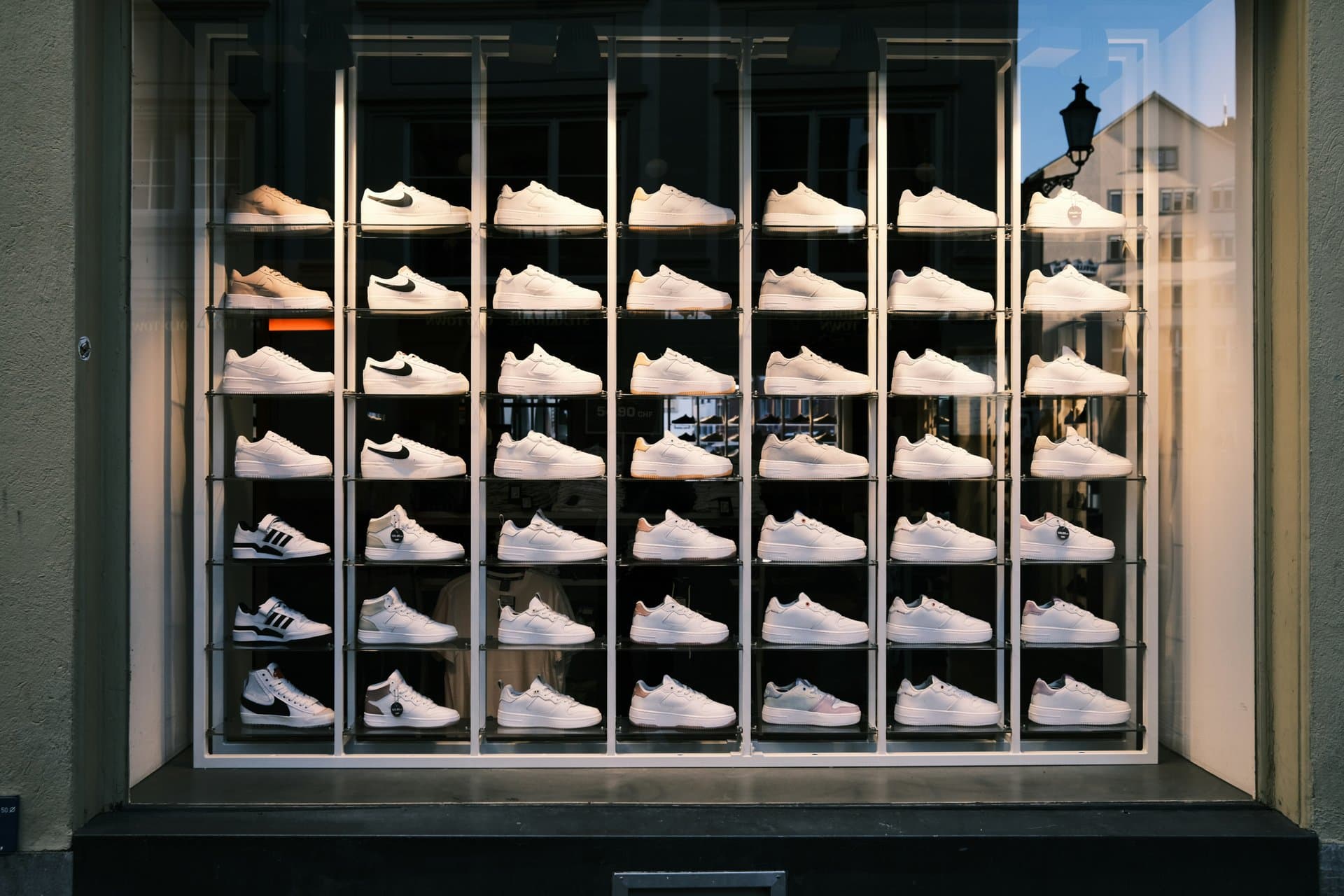How Trump's Tariffs Are Reshaping Your Shopping Experience
Discover how Trump's trade war and tariffs are narrowing product choices, driving price hikes, and forcing retailers to rethink supply chains, impacting the way Americans shop today and beyond.

Key Takeaways
- Trump’s tariffs reduce product variety on shelves
- Retailers face tough choices on pricing and supply chains
- Consumers are already paying higher prices due to tariffs
- Tariffs stunt innovation and product launches
- Big brands are narrowing their product catalogs

If you’ve noticed fewer colors, sizes, or styles in stores lately, you’re not imagining things. President Donald Trump’s sweeping tariffs, including a 10% universal tax on most imports and a staggering 145% levy on Chinese goods, are reshaping the retail landscape. From breast pump backpacks to ballet flats, companies are slashing product lines and rethinking supply chains to dodge soaring costs. This trade war isn’t just about politics—it’s about what lands in your shopping cart and how much you pay. In this article, we’ll unpack how tariffs are squeezing variety, pushing prices up, and forcing retailers like Pandora, Puma, and Hugo Boss to adapt. Let’s dive into the new reality of shopping in a tariff-heavy world.
Experiencing Less Variety
Imagine walking into your favorite store and finding fewer colors, sizes, or styles of the products you love. That’s the new normal thanks to Trump’s tariffs. Jason Miller, a supply chain expert, points out that the biggest casualty of these tariffs is the shrinking variety on shelves. Once, free trade tripled the number of imported goods between 1972 and 2001, turning stores into treasure troves of choice. Now, with a 10% tariff on most imports and a crushing 145% tariff on Chinese goods, companies are forced to trim their offerings. Sarah Wells, who makes breast pump backpacks, had to stop ordering from China and limit her inventory to just the most popular colors. She expects to run out of some items by July, with no plans to replenish them soon. This isn’t an isolated case. Ash, a women’s shoe brand, has pulled boots off its site and cut orders from China and Vietnam. The result? Consumers face a narrower selection, a subtle but significant shift in shopping habits.
Facing Higher Prices
Tariffs aren’t just shrinking choices—they’re inflating prices. Big brands like Pandora, Puma, and Hugo Boss are bracing for price hikes as they grapple with increased costs. Pandora’s CEO Alexander Lacik warned that affordable jewelry prices will rise if tariffs persist, since most jewelers import from Asia. Puma’s CFO Markus Neubrand echoed this, noting the brand is prepared to adjust pricing to soften tariff impacts. Even consumers with urgent needs are feeling the squeeze. Sandy Alonso, who needed a wheelchair replacement, ended up paying nearly $6,000—over half of which was tariffs. She found herself stunned, paying more than double the original price due to a 145% tariff on Chinese imports. These stories reveal a harsh truth: tariffs are a hidden tax on consumers, quietly inflating the cost of everyday and essential goods.
Rethinking Supply Chains
Behind the scenes, companies are scrambling to adjust supply chains to survive the tariff storm. Many are canceling less profitable products made in China and focusing on top sellers from countries like Cambodia, India, and Vietnam. Sarah Wells limited her first inventory order from Cambodia to high-demand items, avoiding the risk of a full catalog reorder. Hasbro, famous for Nerf and Play-Doh, is shifting production to India for simpler toys, cutting back on Chinese-made items with electronics or foam. Newell Brands, which sells baby gear, is reducing variety due to tariffs on Chinese imports, which make up the vast majority of strollers and car seats in the U.S. This supply chain reshuffling isn’t just about cost—it’s about survival. Companies must balance tariffs, consumer demand, and production realities in a complex global chess game.
Stunting Innovation and Creativity
Tariffs don’t just limit what’s on shelves—they’re putting the brakes on innovation. Bobby Djavaheri, president of Yedi Houseware, revealed plans to shelve new creative small appliances due to tariff pressures. Sarah Wells, too, has paused new bag designs, stepping back from her mission to offer moms more choices. Shawn Nelson, CEO of Lovesac, described the end of the era where companies could offer everything to everyone. Instead, retailers are narrowing their focus, trimming catalogs to survive. This shift means fewer new products and less experimentation, a blow to consumers craving fresh ideas and variety. The trade war’s impact is not just financial—it’s creative, reshaping the retail landscape in ways that may linger long after tariffs ease.
Adapting Pricing Strategies
Major retailers are actively recalibrating pricing strategies to cope with tariff uncertainty. Pandora, Puma, and Hugo Boss are evaluating price changes in the U.S. market, anticipating industry-wide shifts. Puma’s CFO Neubrand emphasized that while they’re prepared to adjust prices, they don’t want to lead the charge, expecting bigger players to set the tone. Hugo Boss is also redirecting products from China to other markets and optimizing sourcing to mitigate costs. Meanwhile, Zalando, an online retailer, reports stable consumer demand but remains cautious, positioning itself for any geopolitical or economic shifts. These moves highlight a delicate balancing act: retailers must protect margins without alienating price-sensitive shoppers. The evolving tariff landscape demands nimble pricing tactics and supply chain agility to stay afloat.
Long Story Short
The ripple effects of Trump’s tariffs are clear: less choice, higher prices, and a retail industry forced to rethink its playbook. From everyday essentials to luxury goods, consumers are feeling the pinch as companies cut back on product variety and shelve innovation. While empty shelves like those during the pandemic aren’t expected, the narrowing of options is a quiet but impactful shift. For shoppers, this means weighing the cost of convenience against the sting of tariff-driven price hikes. Retailers will continue to juggle supply chain challenges and pricing strategies, but the ultimate winners and losers will be those who adapt fastest. As tariffs linger, staying informed and adjusting expectations will be key to navigating this evolving shopping landscape.